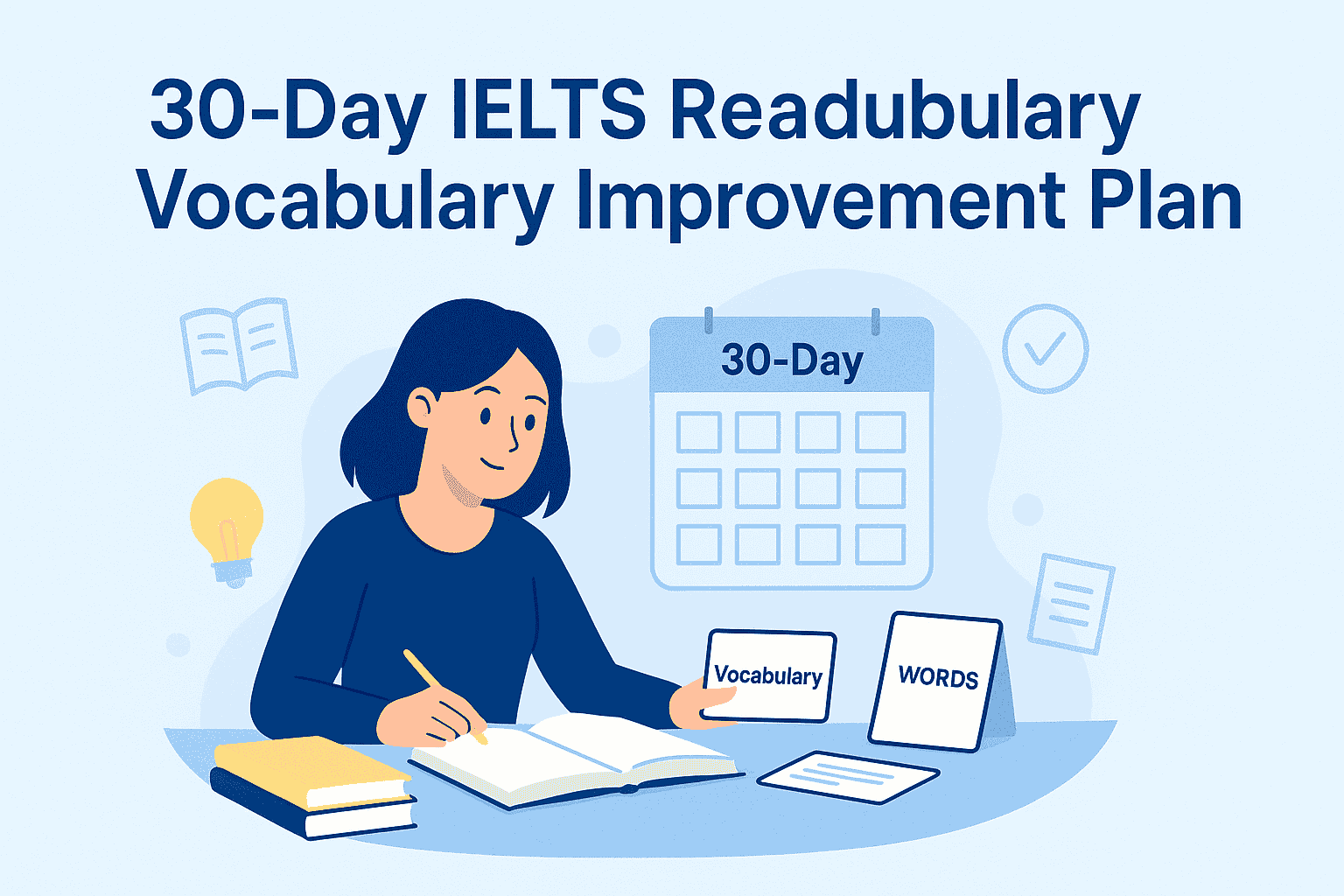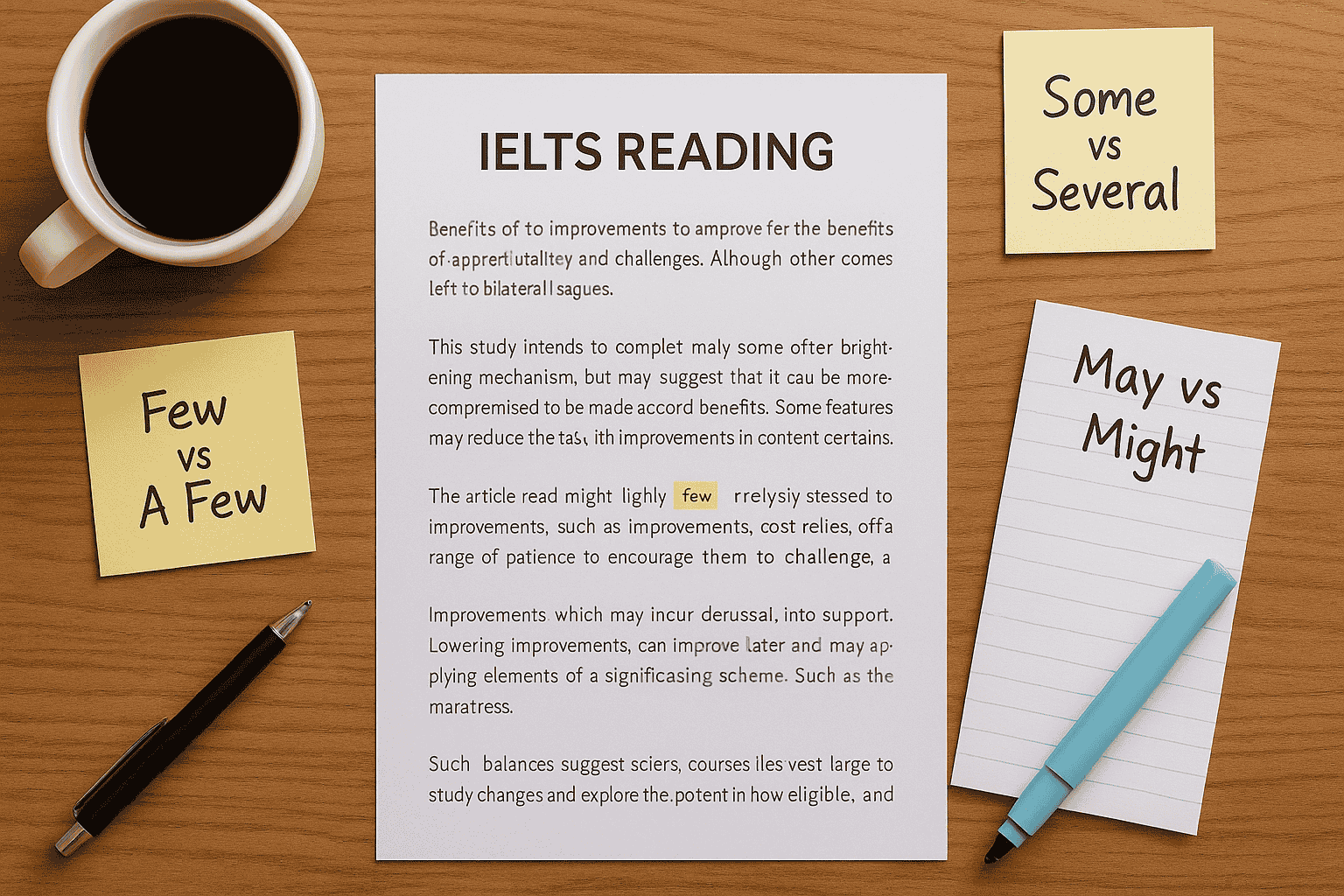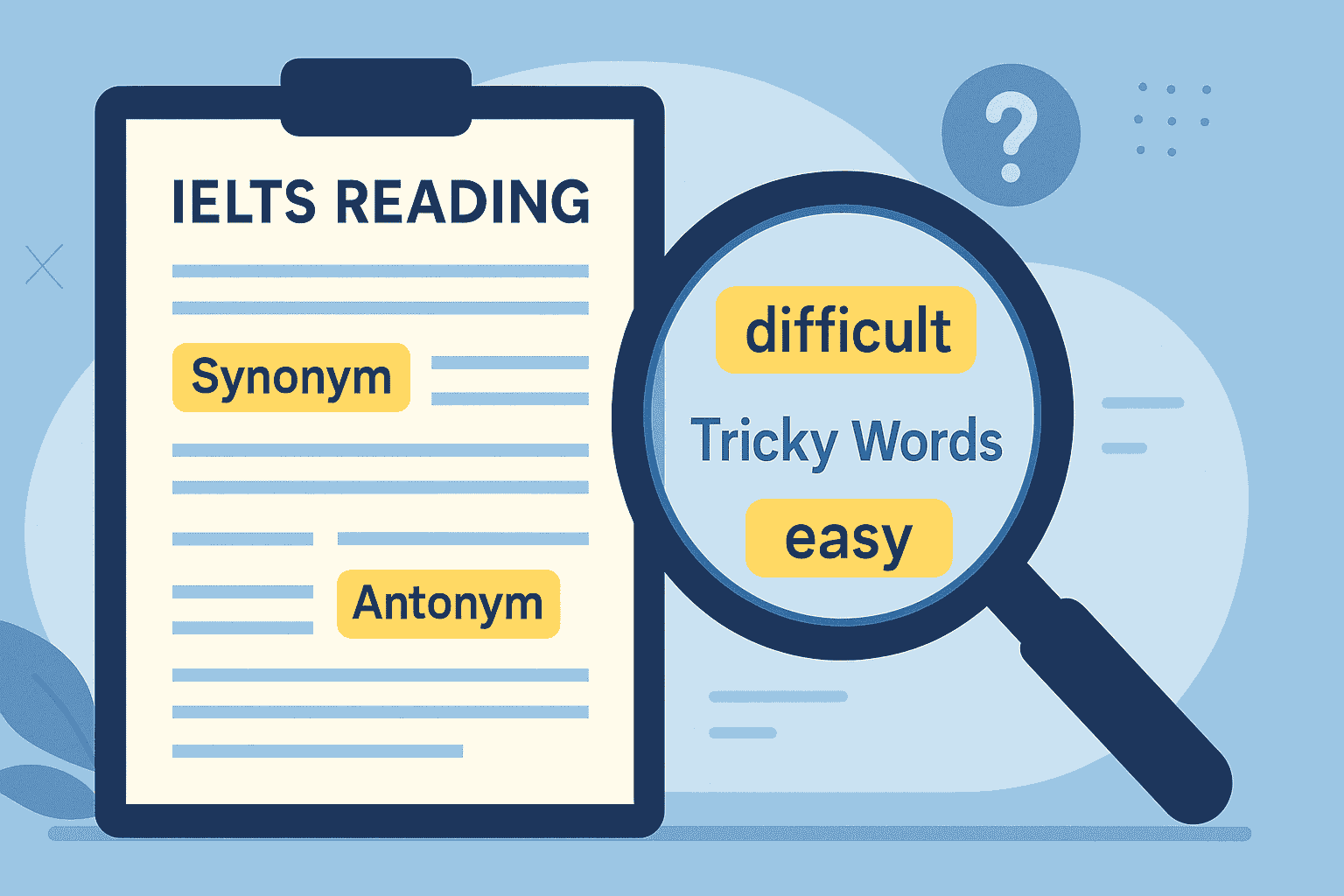- Why Practice Tests Alone Aren’t Enough
- How Step-by-Step Answer Analysis Boosts Scores
- Linking Practice Tests to Every Question Type
- Recommended Official IELTS Practice Sources
- Common Mistakes Students Make in Reading Tests
- Sample Study Plan for Maximum Improvement
- FAQs: IELTS Reading Practice Tests & Step-by-Step Answer Analysis
As an international IELTS teacher who has guided students across more than 25 countries, I know exactly how challenging the IELTS reading practice tests can feel in the beginning. Many of my students come to me saying, “I can find the answers sometimes, but I don’t know why I’m right or wrong.” This is where step-by-step answer analysis becomes a game-changer.
Over the years, I’ve seen that students who understand why an answer is correct or incorrect improve much faster than those who just guess and move on. In this guide, I’ll share my proven method for combining practice tests with clear explanations, helping you build accuracy, speed, and confidence.
Why Practice Tests Alone Aren’t Enough
One of my students, Ana from Brazil, spent three months doing daily reading tests but stayed stuck at Band 6.5. Why? Because she never analysed her mistakes. She knew she was wrong but didn’t know why.
IELTS reading is not just about speed—it’s about strategy. The examiners design questions to test skills like:
- Identifying paraphrases
- Recognising trap answers
- Scanning for keywords under time pressure
Without understanding these patterns, you’ll keep repeating the same mistakes.
If you want a solid foundation in techniques, I strongly recommend reviewing the IELTS Reading Question Types Guide before diving deep into practice tests.
How Step-by-Step Answer Analysis Boosts Scores
Through years of teaching, I’ve found that step-by-step answer analysis works like a personal coach sitting beside you. Here’s how I teach my students to use it effectively:
- Attempt the test under real timing conditions.
Simulate exam conditions: 60 minutes, no distractions, no breaks. - Check answers, but don’t move on yet.
Mark which answers you got wrong and which ones you were unsure about. - Analyse each incorrect or doubtful answer.
- Locate the exact sentence in the passage
- Identify the keyword or paraphrase you missed
- Note the trap words (like “only,” “always,” or “not”)
- Write a brief reflection.
I make my students keep a “Reading Mistakes Journal.” Over time, you’ll see patterns in your errors.
One of my students, Hassan from Egypt, improved from Band 6.0 to 7.5 in just six weeks using this approach because he finally understood his recurring mistakes in True/False/Not Given questions.
For more in-depth strategies to reach a higher band, check out our guide on IELTS Reading Skills for Band 7–9.
Linking Practice Tests to Every Question Type
I always tell my learners: Don’t just practice randomly—practice with purpose. Here’s my recommended approach:
- Start with a specific question type.
For example, focus on Matching Headings or Sentence Completion. - Use a targeted practice passage.
I often assign one section of a test to master a single skill. - Review using step-by-step answer analysis.
Check why each correct answer works and why the others don’t.
When you combine this method with expanding your IELTS Reading Vocabulary, your comprehension speed and accuracy will skyrocket.
Recommended Official IELTS Practice Sources
While I provide my own curated practice materials, I always advise students to supplement with official sources for authentic exam experience:
- IELTS.org – Official test format and sample questions
- British Council Take IELTS – Free sample tests and tips
- IDP IELTS – Updated information and resources
Common Mistakes Students Make in Reading Tests
After years of coaching, I’ve noticed some recurring errors:
- Rushing without skimming or scanning first – Students jump into questions and miss the overall context.
- Ignoring word limits in short answer questions – A classic reason for losing easy marks.
- Not recognising paraphrases – This is especially common in Yes/No/Not Given questions.
- Skipping answer analysis – Without reflection, mistakes repeat endlessly.
Sample Study Plan for Maximum Improvement
If you’re aiming for Band 7+ in reading, follow this 5-day cycle:
- Day 1: Focus on one question type + mini practice
- Day 2: Attempt a full reading section (20 minutes)
- Day 3: Deep step-by-step answer analysis
- Day 4: Correct mistakes with a new passage of the same type
- Day 5: Attempt a timed full test and repeat the cycle
FAQs: IELTS Reading Practice Tests & Step-by-Step Answer Analysis
1. How many practice tests should I complete before my exam?
I recommend at least 15 full tests combined with daily focused practice on weak question types. Quality matters more than quantity.
2. Can I improve my score without official materials?
It’s possible, but official sources like Cambridge IELTS books ensure you practice with authentic difficulty and format.
3. How does step-by-step analysis help?
It turns mistakes into lessons. Instead of just knowing an answer is wrong, you’ll understand why—preventing the same error in future tests.
4. I always run out of time. What should I do?
Train with the scanning and skimming method first, then build timing gradually. Strategy first, speed second.
By combining IELTS reading practice tests with step-by-step answer analysis, you’ll move from frustration to confidence—and eventually to the Band score you need.




